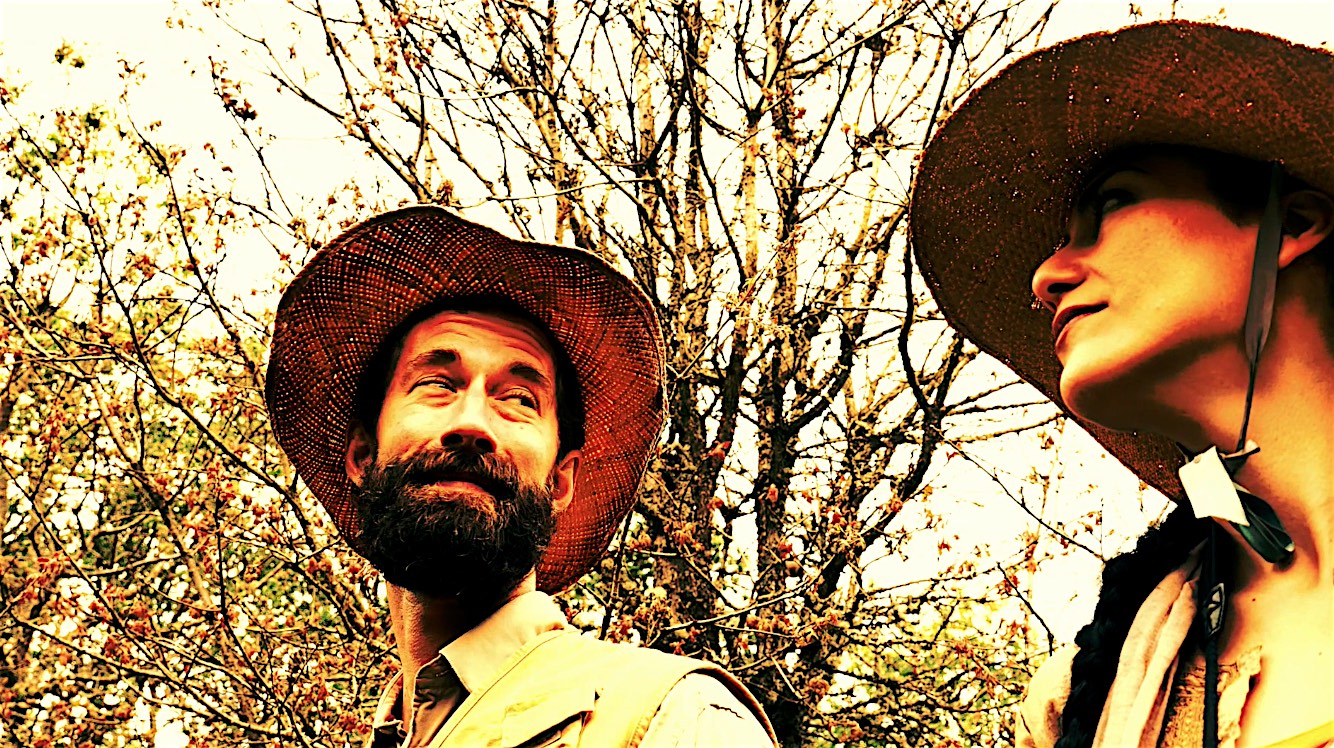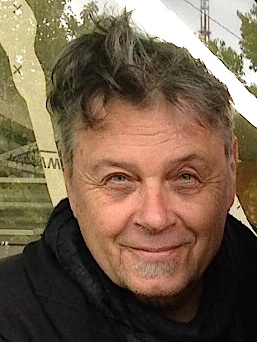
Reinventing the Romantic
Vision Statement by Antero Alli
I view "The Alchemy of Sulphur" as a kind of psychological romance, a courtship with the psyche itself, a passionate intimacy with the imaginal dimension -- home of fantasies, psychic projections, dreams, obsessions, phobias, delirium. This romance of Psyche mirrors what many artists, poets, and musicians have experienced for Aeons in their encounters and collisions with the imaginal realm of numinous presences -- the Daemons, the Muses, the Elementals -- inspiring their arts as autonomous agencies. Are these agencies expressions of their own psyches? Are they figments of an overactive imagination? Or do they reside on their own terms as anomalous phenomena in the nether regions beyond Ego? Can artists truly take credit for their art without feeling like imposters? These are the questions I was asking myself while making “The Alchemy of Sulphur”.
Amour fou. Those who fall madly deeply in love can sometimes unconsciously dramatize their turbulent inner lives as crises for the very individuals who care about them.
In this film's story, Hope’s writerly obsessions are inflamed by her boyfriend's complaints about their relationship "feeling like a weird social experiment" and then, he breaks up with her. Hope responds by writing herself into a short story as an attempt to escape heartbreak. There, as "Helen", she romances Phineas, the story's central character. But Phineas is not just a figment of Hope's imagination nor is it entirely Hope's story. He/it is simultaneously an archetype, a Muse, or perhaps the Animus of Jungian psychology, posing as a figment of Hope's imagination with his/its own story. Hope's immersion into Imaginal dimensions casts a formidable spell of self-enchantment that sends her spinning.
That's when the real world characters of Callista, Calliope and Keith appear as catalysts to Hope's awakening, each one breaking the trance of her intoxicating (and toxic) self-absorbtion. In turn, these strangers are also moved by Hope's indomitable spirit and imagination. The chanting power of the elder Calliope character was inspired by the ancient Sami (northern Finland & Sweden) shamanic ritual tradition of "joiking". To joik is not just to sing or to chant but a ritual for communicating energy and forms of life situations through unique vocal creations. Joiking is also used to send the vibrational frequencies of energy through the embodied voice to act on another person, animal, plant or situation as a psychic action or assault. Early on it became clear to me that Callista and Calliope had to be strong, solitary women who avoided marriage and children to pursue their respective passions with art and psychoactive plants. The X factors of Hope's random encounters with these two women, and with the performance artist Keith at a Tea House, opened the door to the story's unpredictable outcome that I had not foreseen nor written in the working screenplay.
Though I have no interest in trying to explain the creative process or preach any dogma of creation, I am intrigued by how heightened creative states act on the obsessed artist. When I obsess on making a film, I disappear as others might see or know me. I become “unknown to myself” and inhabit a quiet madness of ecstasy. After completing stretches of these delirious creative states, I often collapse into a kind of post-partum depression and withdrawal as if to register an ending. It's done; the film reached final cut! Emptiness follows. I walk the fallow fields of non-productivity and do next to nothing. For how long? For as long as it takes to become empty enough to start the process all over, again. Only after receptivity has been restored, can I hope to hear the next call from the Muses (not "my" Muses; they belong to no one!). I don't get too busy during these fallow periods; wouldn't want the Muses to get a busy signal.
